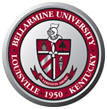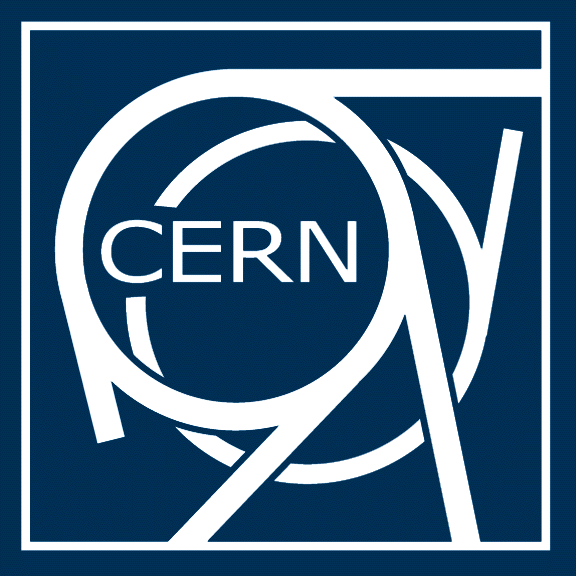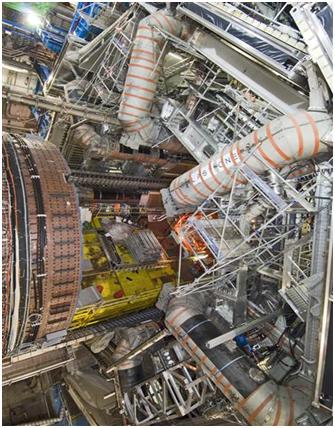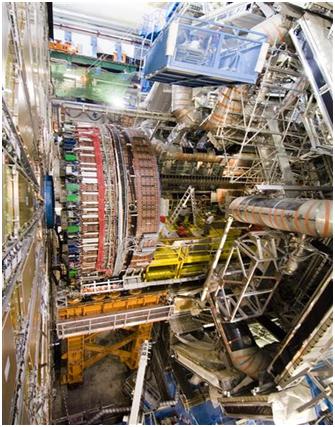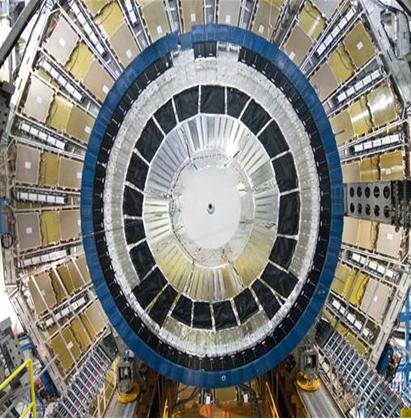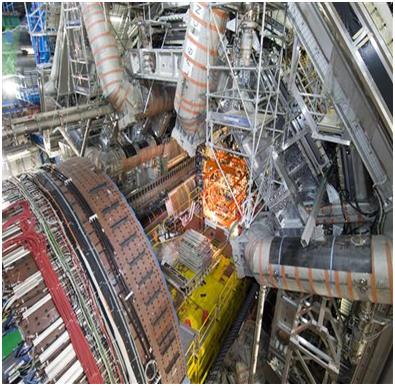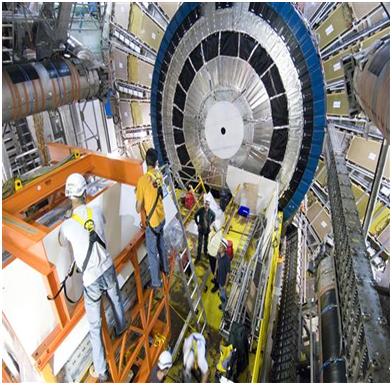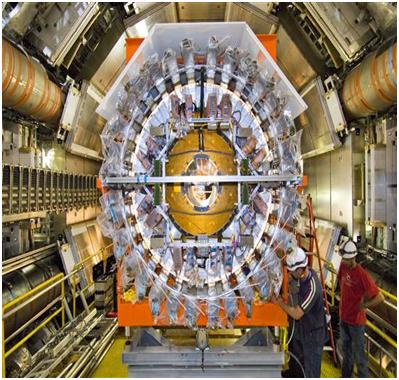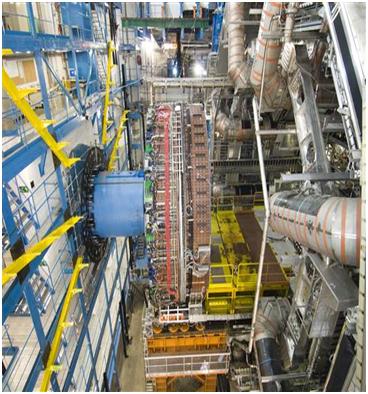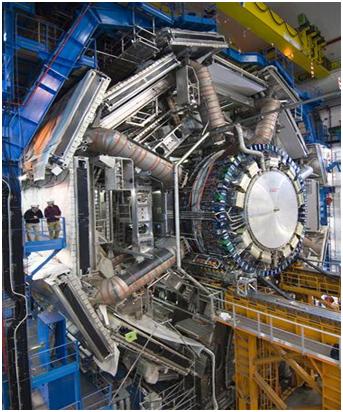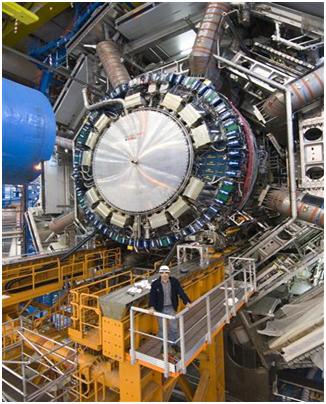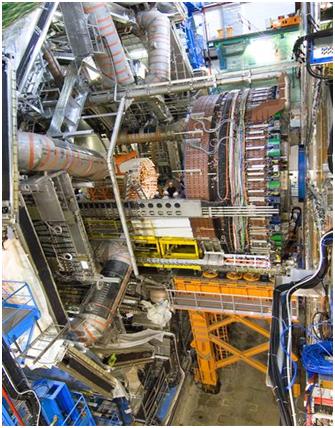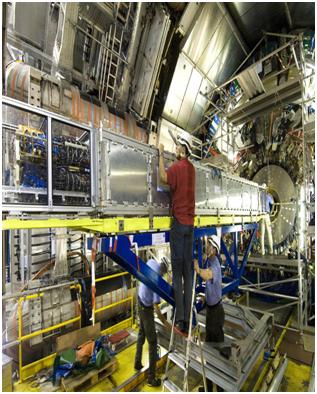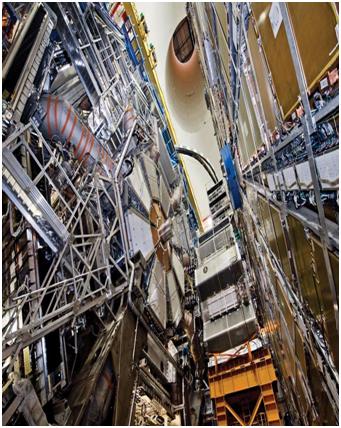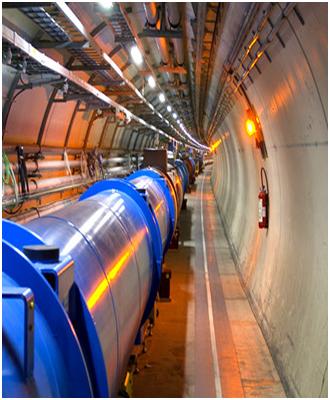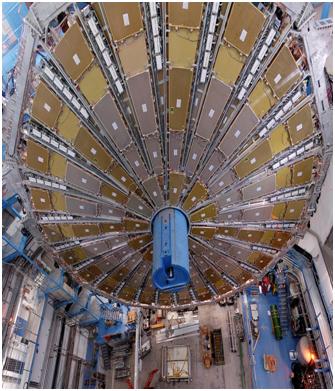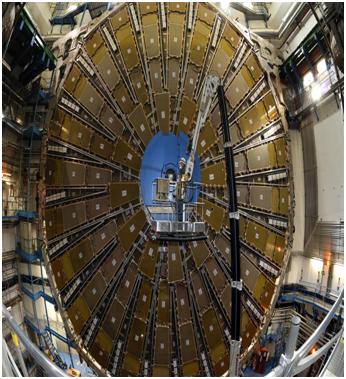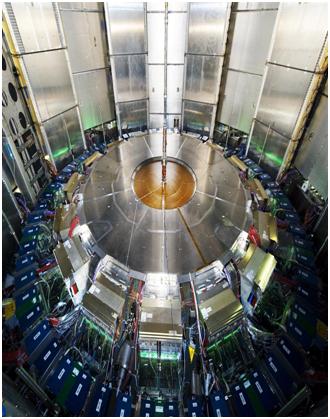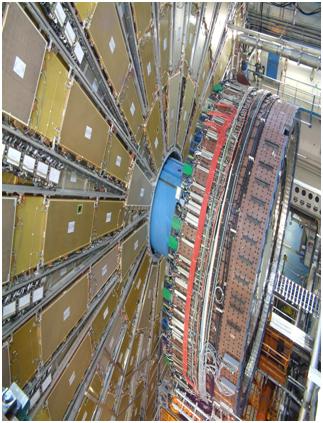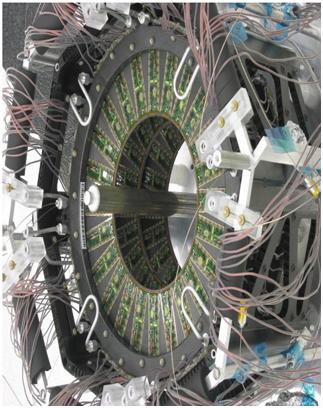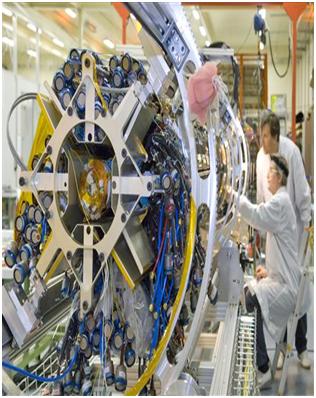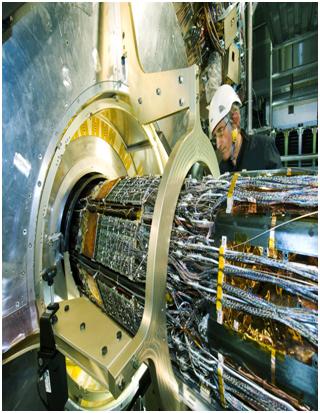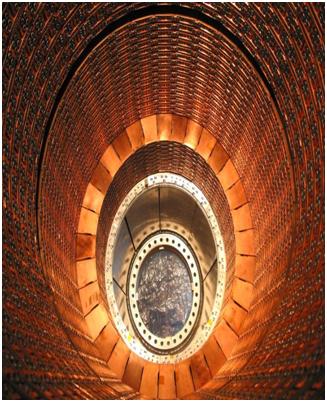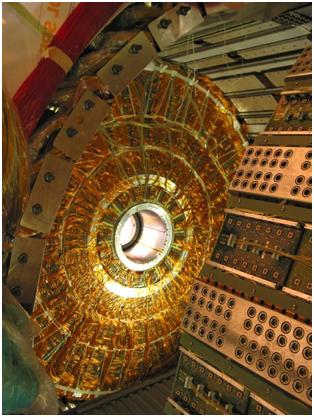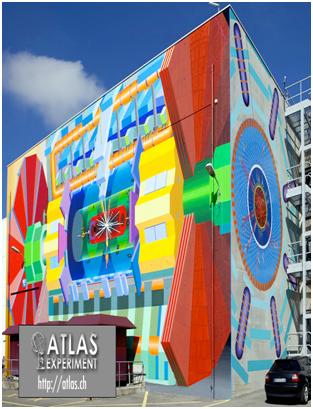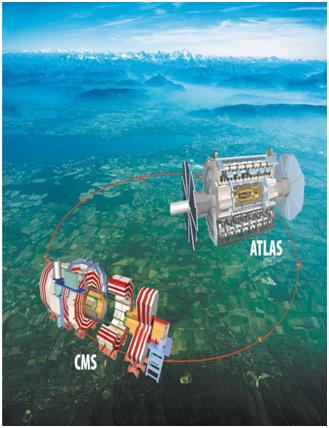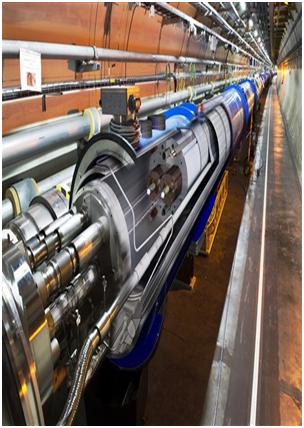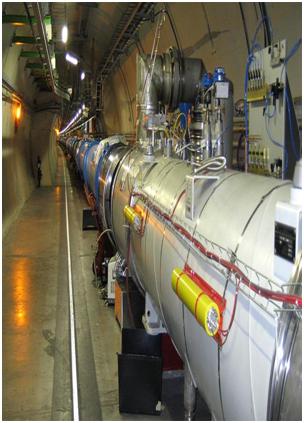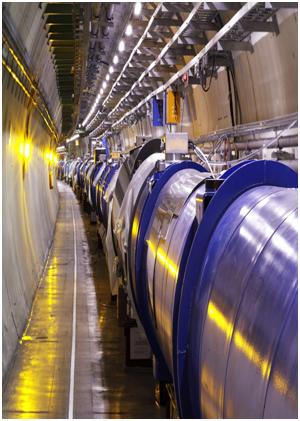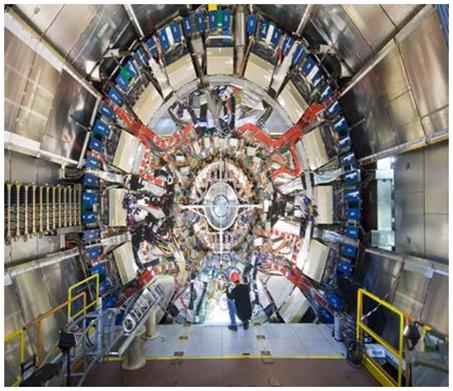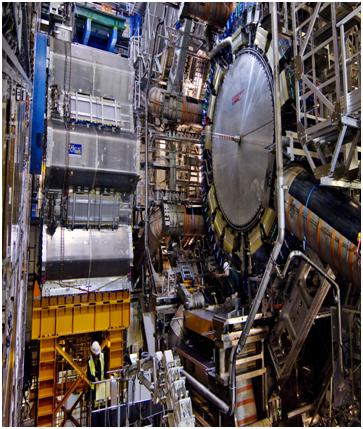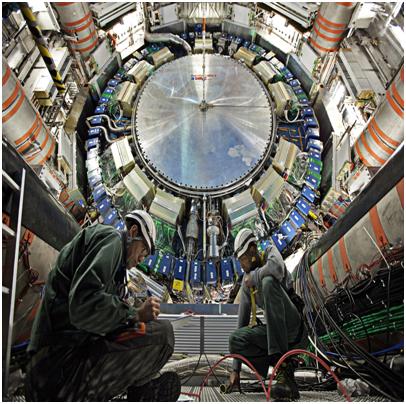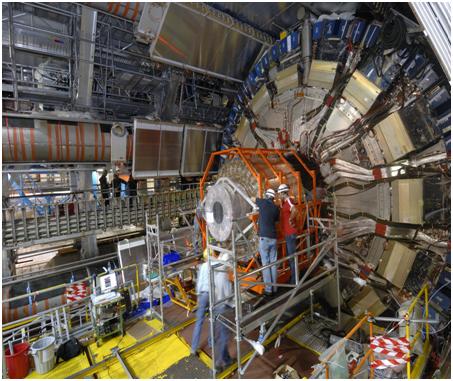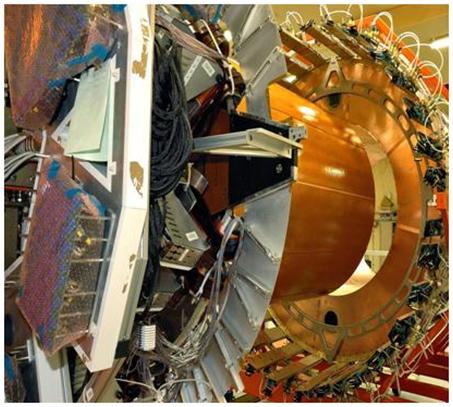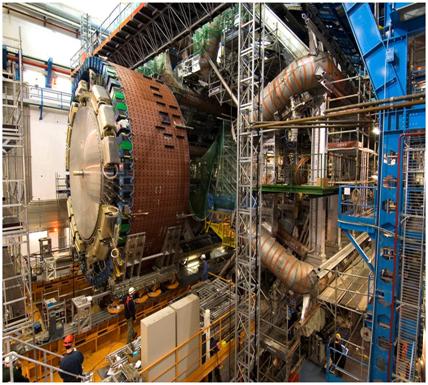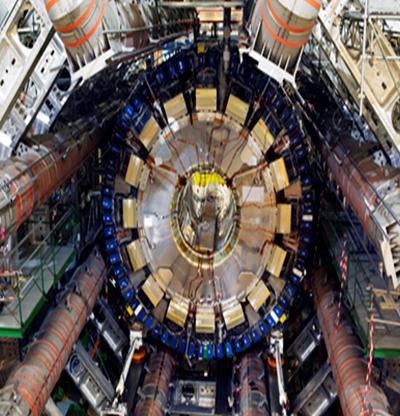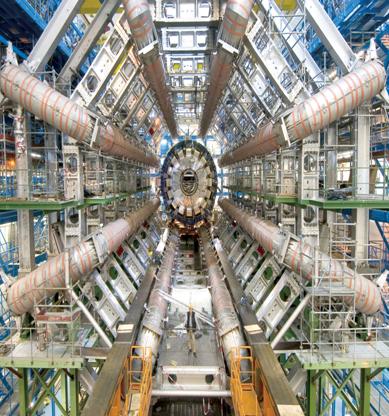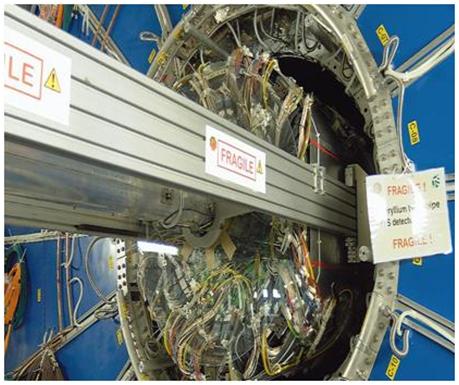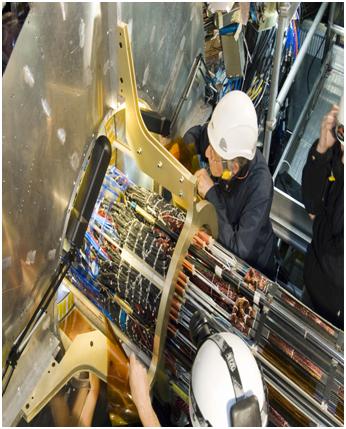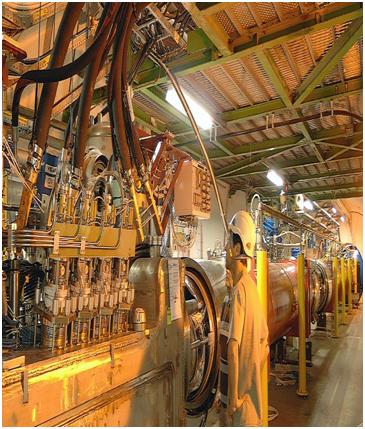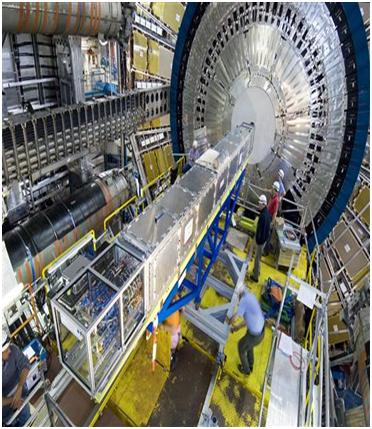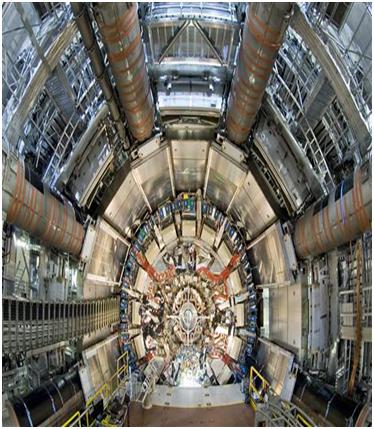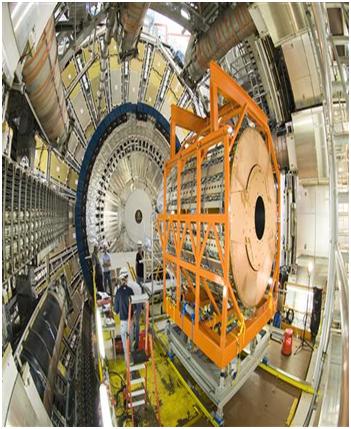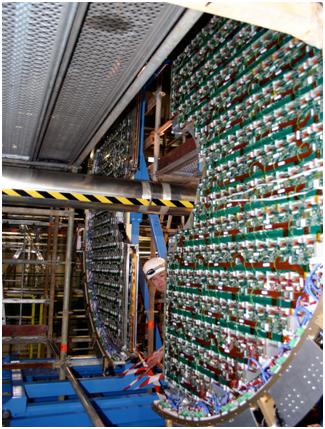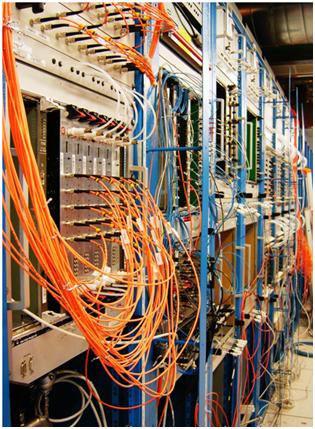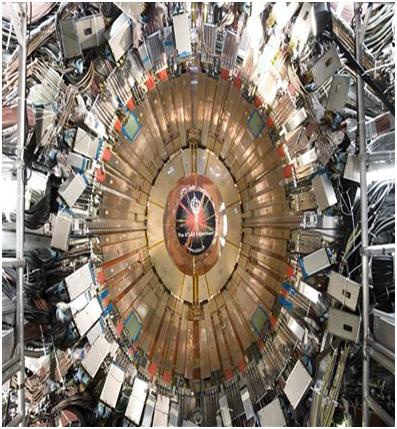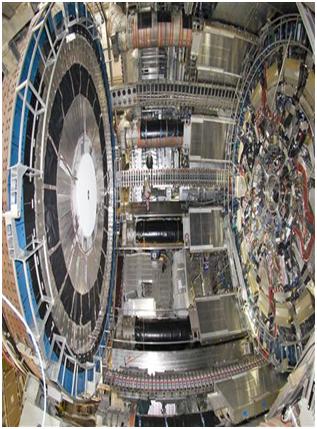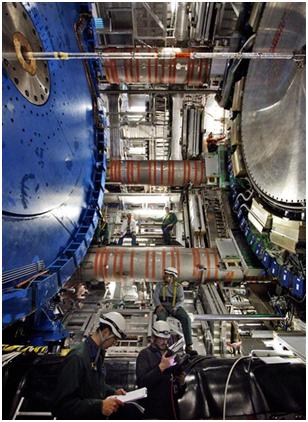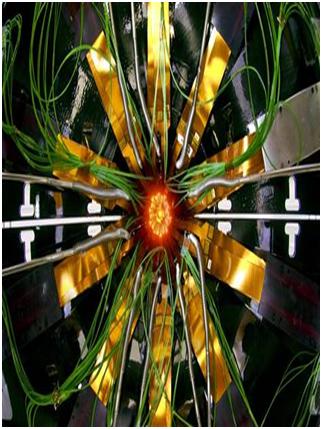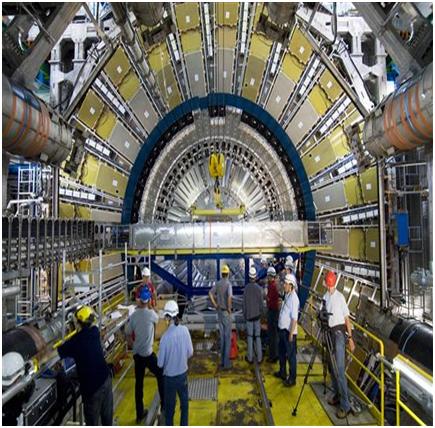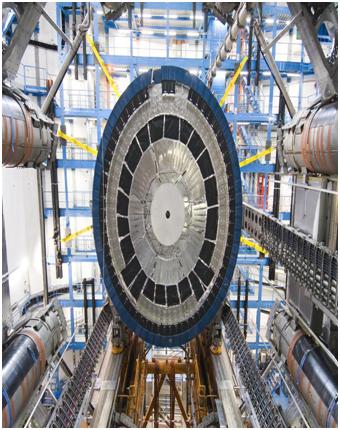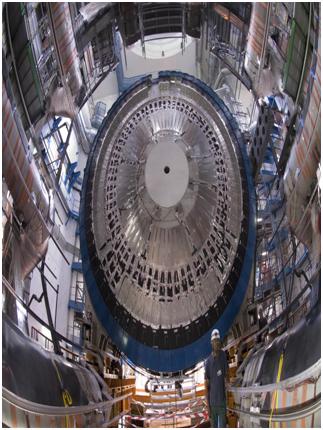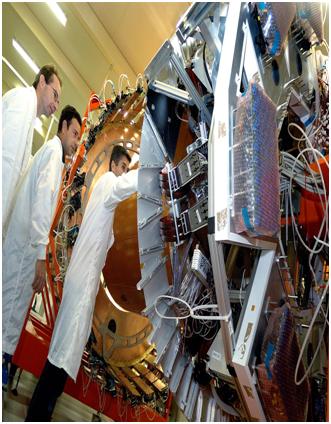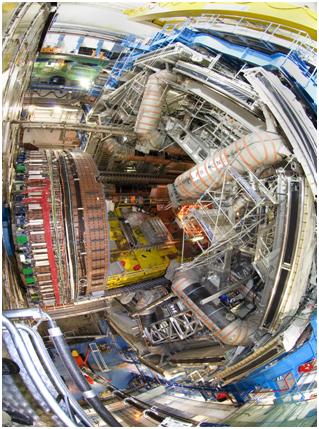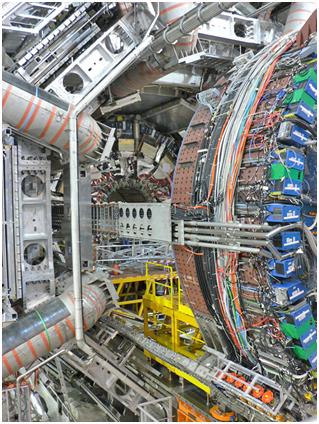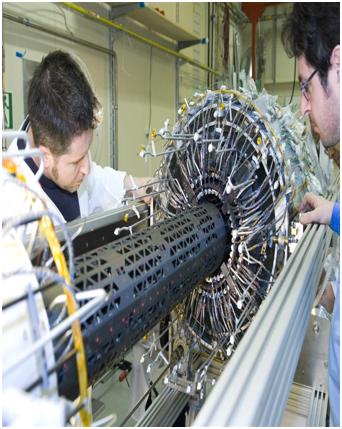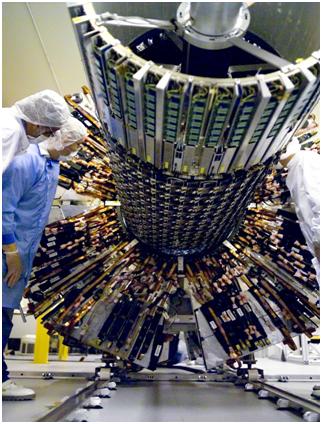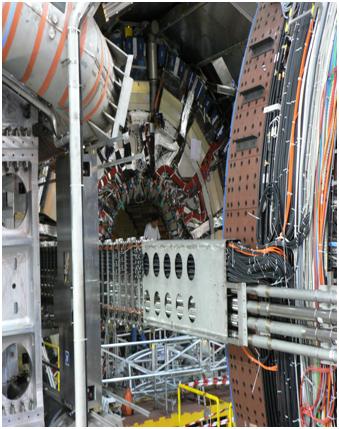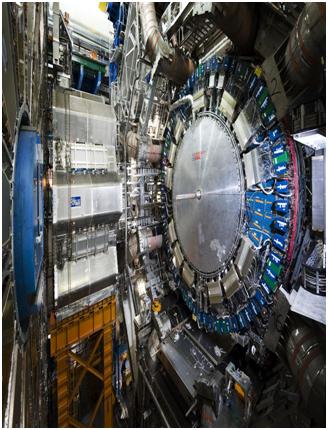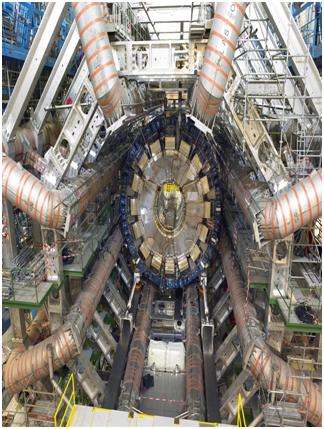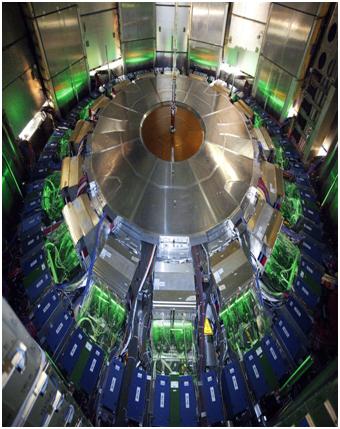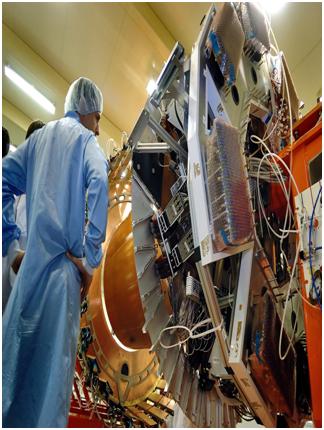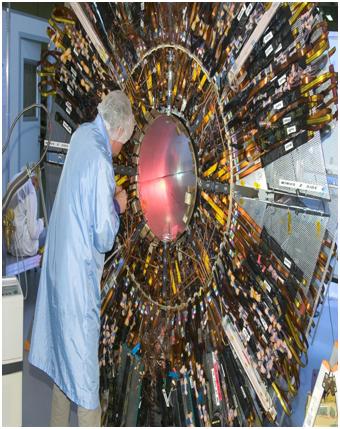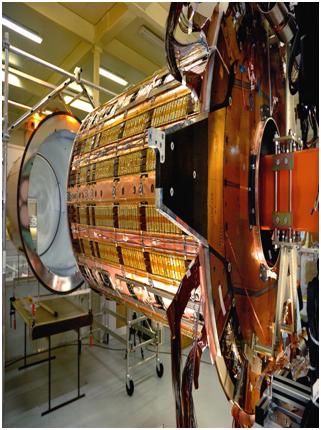|
|
 |
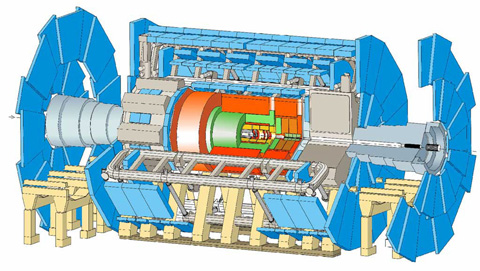 |
|
Welcome to the ATLAS-Tier3 Supercomputing Center at Bellarmine University! The ATLAS Tier3 Supercomputer at Bellarmine University is funded by National Science Foundation's Office of Cyberinfrastructure (OCI). Bellarmine University’s state-of-the-art 5 Teraflops Supercomputer is equipped with 51-nodes with 408 cores, 1248GB of RAM and 374TB of disk storage space. All the equipment and components were purchased from Dell. The Supercomputer has been operational since September 20, 2010, and is linked to the national Open Science Grid (OSG) cyberinfrastructure. It is a type Tier3gs grid supercomputing system, a production-oriented cluster that is very close in configuration to a Tier2 grid cluster. It is running the Scientific Linux 5.4 operating system. We have set up and implemented various web portals for monitoring the performance of the Supercomputer, using PCM (Platform Cluster Manager), Cacti (a web-based graphing tool) and Nagios (a network monitoring software application). We have also set up an OSG monitoring dashboard for theTier3 cluster using Netvibes. Using MONALISA (MONitoring Agents using a Large Integrated Services Architecture), we can monitor the OSG Grid network traffic to and from the Supercomputer while the grid jobs are being transferred among the grid sites. It is the third-largest supercomputer in Kentucky. It is also the state of Kentucky’s only OSG grid site and OSG’s first grid site located at a predominantly undergraduate institution in the US. The supercomputer is currently being used for the CERN-LHC (Large Hadron Collider) ATLAS high energy physics experiment as a dedicated Tier3 OSG grid site in the US under the University of Oklahoma’s Tier2 OSG grid site. Bellarmine University's Tier3 grid site is also part of the Worldwide LHC Computing Grid (WLCG) and can provide computing and storage resources to others via the grid cyberinfrastructure. Bellarmine University is also a member of the DOSAR (Distributed Organization for Scientific and Academic Research) VO (Virtual Organization).
ATLAS is one of the largest collaborative efforts ever attempted in the
physical sciences. The ATLAS collaboration has 2900 members who come
from 170 institutions from 37 countries. 42 US institutions and 3
national labs are participating in the ATLAS experiment. At the LHC,
approximately one billion proton-proton collisions every second send
particles flying through the ATLAS detector. The data acquisition and
trigger systems filter through billions of events and only records a
fraction of the data (events that are “interesting”) at a rate that is
equivalent to 27 CDs per minute. More than 1 MB of data is digitized per
collision with a recording rate of greater than 8Gbps (about 1GB/s).
After the third-level trigger, the ATLAS experiment collects about 200
hundred events every second that is stored for further analysis. This
amount of data require over 100 MB of disk space per second - that’s
about 3PB (petabytes) of data each year, for many years. One petabyte is
a lot of data (one would need over 1.4 million CDs to hold it). Any
single institution would be hard-pressed to store all that data in one
place and provide enough computing and storage power to support the
researchers. Thus the ATLAS experiment count on a new way to securely
share resources - via a new computing paradigm and technology known as
Grid Computing. Grid computing provides the resources that allow
researchers to share knowledge, data, and computer processing power
across boundaries. |
|||||
|
|
|||||

